Education must keep up with the dynamic requirements of Job Markets and technological advancements that seem to occur almost every day in today’s world of rapid change. Hands-on learning is gaining popularity and creating enthusiasm among students and educators alike, and what better way to demonstrate its significant benefits than by building Robots in the classroom? This creative approach to teaching not only captivates students but also provides them with vital skills and information that extend far beyond the four walls of the classroom.

One of the most compelling advantages of hands-on learning through robotics is its ability to foster creativity and Problem-Solving Skills. When students are tasked with constructing robots, they are encouraged to think critically, analyze problems, and come up with innovative solutions. For instance, they might encounter the challenge of designing a robot to navigate a maze. In this process, they must brainstorm, experiment, and iterate their designs until they achieve the desired outcome. This approach not only engages their creative faculties but also imparts essential skills for tackling real-world challenges.
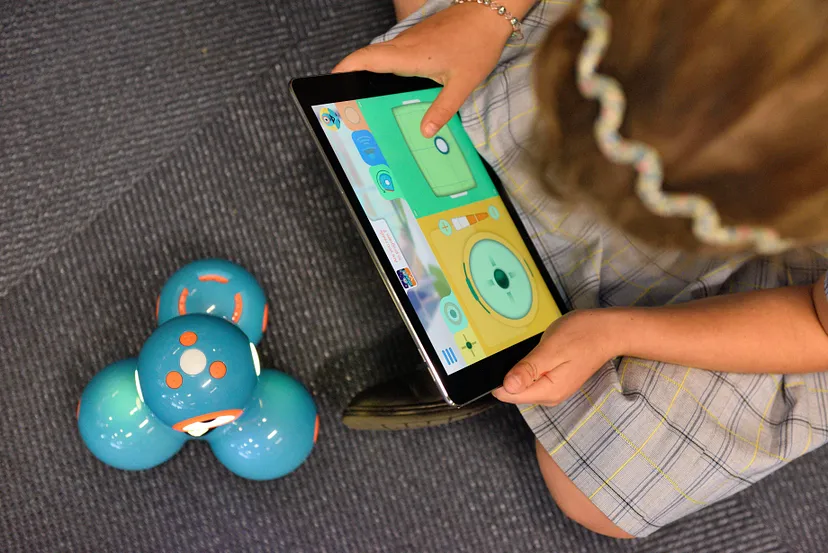
Moreover, hands-on robotics projects encourage collaboration and teamwork, skills that are highly valued in the Modern Workforce. Students are often required to work in groups to complete complex projects, mimicking the collaborative nature of many industries. They learn how to communicate effectively, delegate tasks, and leverage each team member’s strengths to achieve common goals. This not only prepares them for future careers but also nurtures interpersonal skills that are valuable in all aspects of life.
Incorporating robotics into the classroom also ignites a sense of curiosity and wonder in students. When they see their creations come to life, it sparks a passion for technology and engineering that can lead to long-term career interests. This passion can be life-changing, as it inspires students to explore fields they might not have considered otherwise. For example, a student who initially dabbles in robotics in the classroom might go on to pursue a career in robotics Engineering, Artificial Intelligence, or Computer Programming.

So, what questions should educators and policymakers consider when contemplating the integration of hands-on robotics projects into the curriculum? How can schools ensure access to the necessary resources and training for teachers to effectively implement this approach? How can they adapt the curriculum to accommodate diverse learning styles and abilities?
And perhaps most importantly, how can they measure the impact of hands-on learning on student outcomes and adjust their strategies accordingly? By embracing this approach, we can inspire a new generation of thinkers and doers ready to shape a technologically advanced world.


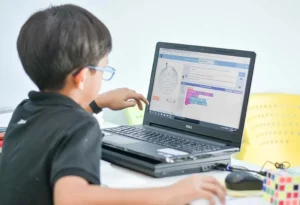
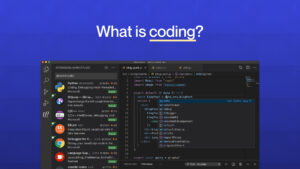
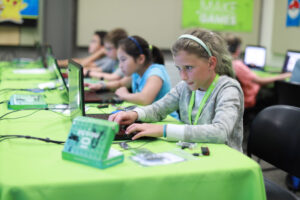
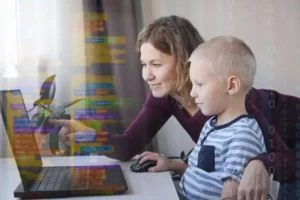

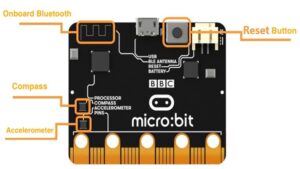
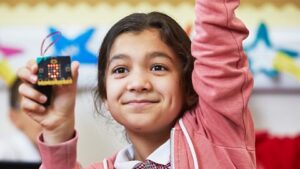
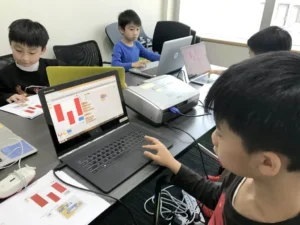
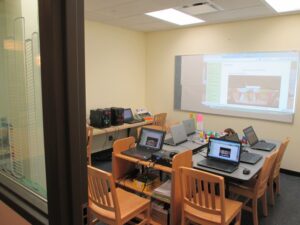

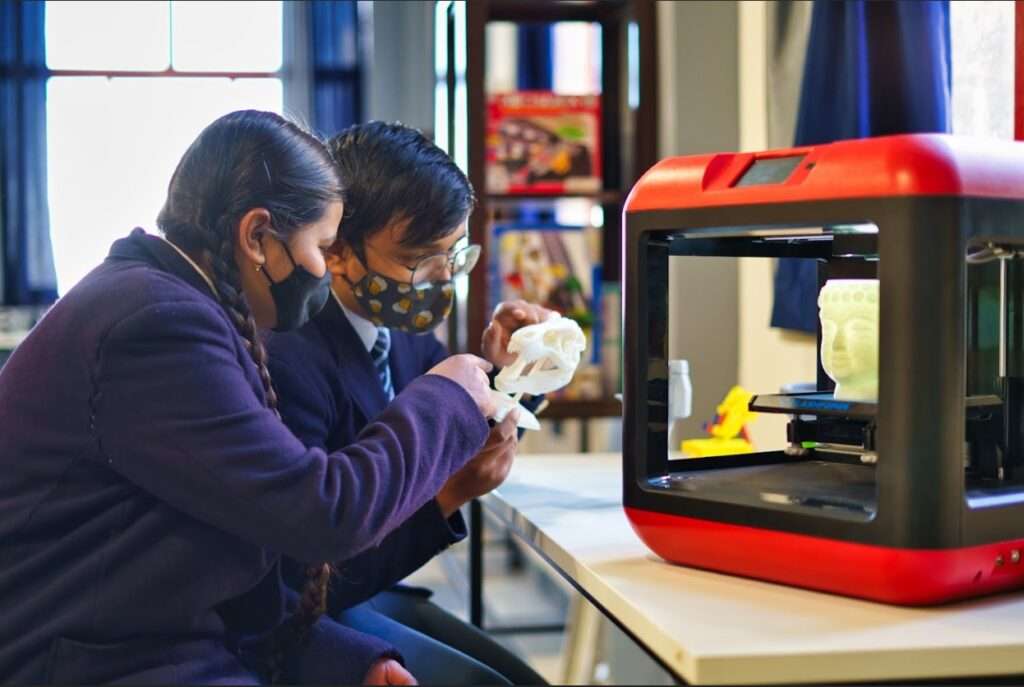
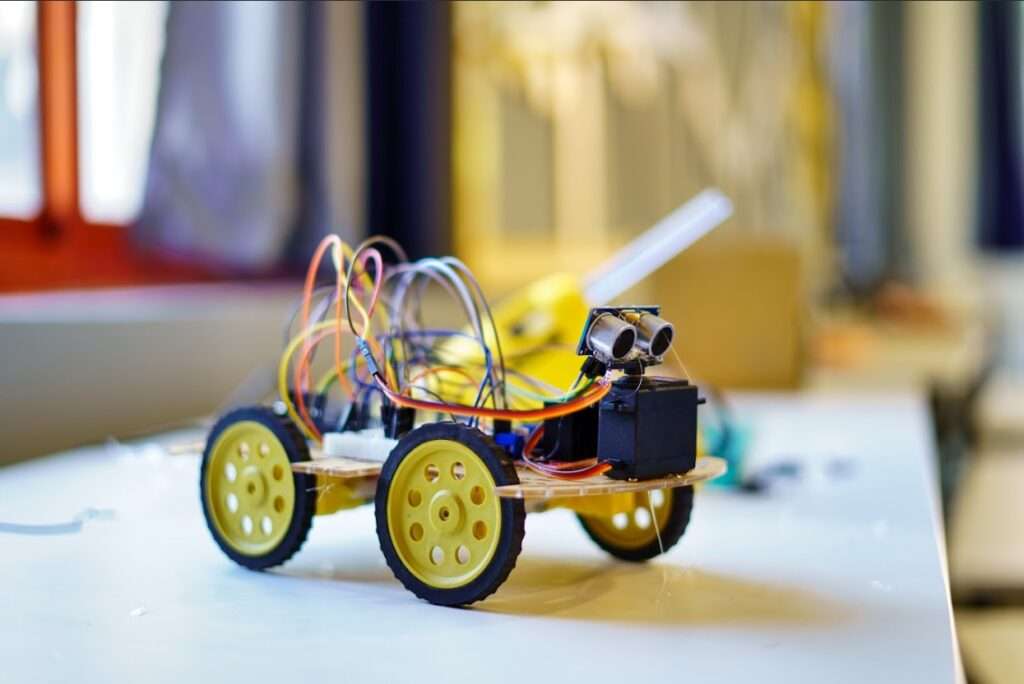
This Post Has One Comment
Hello my loved one I want to say that this post is amazing great written and include almost all significant infos I would like to look extra posts like this